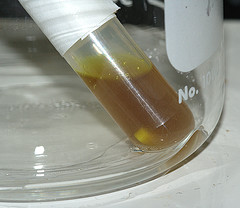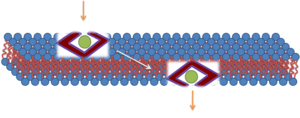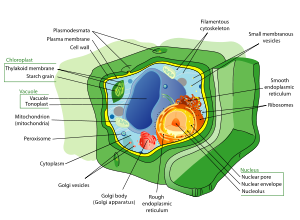Six things data scientists in healthcare should know
Healthcare, like most other fields, is eager to get on the data science bandwagon. Data scientists can make a huge difference in the way big data is utilized for clinical decision-making. However, there are paradigmatic differences in the way data scientists from quantitative fields view the world, compared to their clinical counterparts. This is especially true in the emerging fields of machine learning and artificial intelligence. This may lead to considerable inefficiencies. As a person trained in both fields, here is my take on this.

Data scientists should focus on the problem and not the solutions
Data scientists are excited about the latest GPT or BERT. Data scientists tend to refine the model a bit more using 10 more GPUs! In the process, they tend to solve problems that do not exist. From my experience practicing medicine in extremely resource-poor areas, simple solutions are valued more than BERT running on Kubernetes! This is true in the developed world as well, and many teams may have fundamental data needs that need to be tackled first.
Explanation comes before prediction
Emerging machine learning methods prioritize prediction accuracy compromising on explainability in the process. Clinicians, in most cases, cannot use nor trust a model that arrives at a conclusion without showing how it reached there. Hence, in the clinical domain, a simple logistic regression model may be more acceptable than a deep learning neural network. Parsimony is the key and a bit of feature selection to ensure parsimony will be appreciated always.
You need to know the clinical terminologies
A basic understanding of the clinical terminologies and terminology systems such as SNOMED and ICD is vital. It helps in understanding the clinical community better. Any healthcare analytics to consider variations in terminologies and adopt a standard system for consistency. Any tool that data scientists build for the clinical community should have support for terminology systems.
Biostatistics is more pervasive than you think
Most healthcare professionals are trained in biostatistics. Hence, the thinking leans towards population, sampling, randomization, blindings and showing a ‘statistically significant’ difference. Moving towards machine learning needs a paradigmatic shift. It may be useful to have a discussion on this at the outset.
Classes are of unequal importance
In healthcare, finding one class (e.g. cancer) is more important than the other class (e.g. no cancer). One class may need active intervention to save lives. Hence, sensitivity and specificity are of vital importance than accuracy!
Life is precious!
In healthcare, there is no room for error. Some decisions may have disastrous consequences while few others may save lives. As a data scientist in the healthcare domain, you should be cognizant of the fact that healthcare data is different from banking/airline data.














